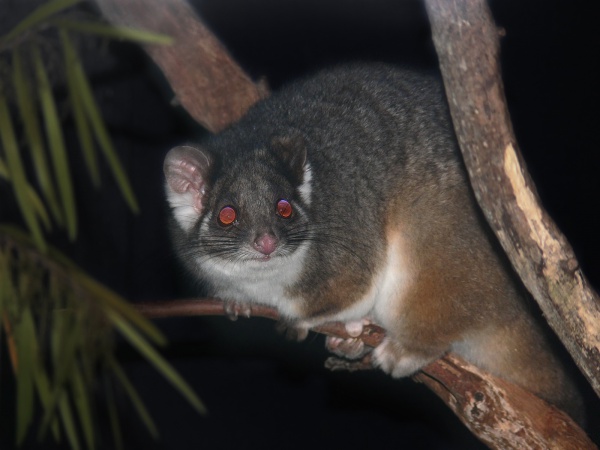Facts About Common ringtail possum
The common ringtail possum is a fascinating Australian marsupial inhabiting a variety of environments, where it feeds on leaves, flowers, fruits, and sap. One of its unique behaviors is caecotrophy, a process similar to that of rabbits. Essentially, it consumes a special type of feces produced during rest periods to maximize nutrient absorption.
Taxonomically, this possum is the sole surviving species in the genus Pseudocheirus, with several subspecies identified. Weighing between 550 and 1100 grams, it boasts grey or black fur and a distinctive white-tipped, prehensile tail. It thrives in temperate and tropical environments, particularly eucalyptus forests, but is not as widespread as the common brushtail possum.
Behaviorally, the common ringtail possum is nocturnal, spending most of its time in trees. It communicates with soft, high-pitched calls and has a diverse diet of plant material. Its digestive system is specially adapted to re-ingest caecal content, allowing it to gain more protein and conserve energy.
Regarding reproduction, the female carries her young in a pouch. The young grow slowly because the mother’s milk is rather dilute. They reach sexual maturity in their first mating season after birth.
The common ringtail possum's population suffered a significant decline in the 1950s but has been recovering since. However, they still face threats such as deforestation, predation by introduced species like the European fox, and hazards in suburban areas, including car accidents and attacks by cats and dogs.
